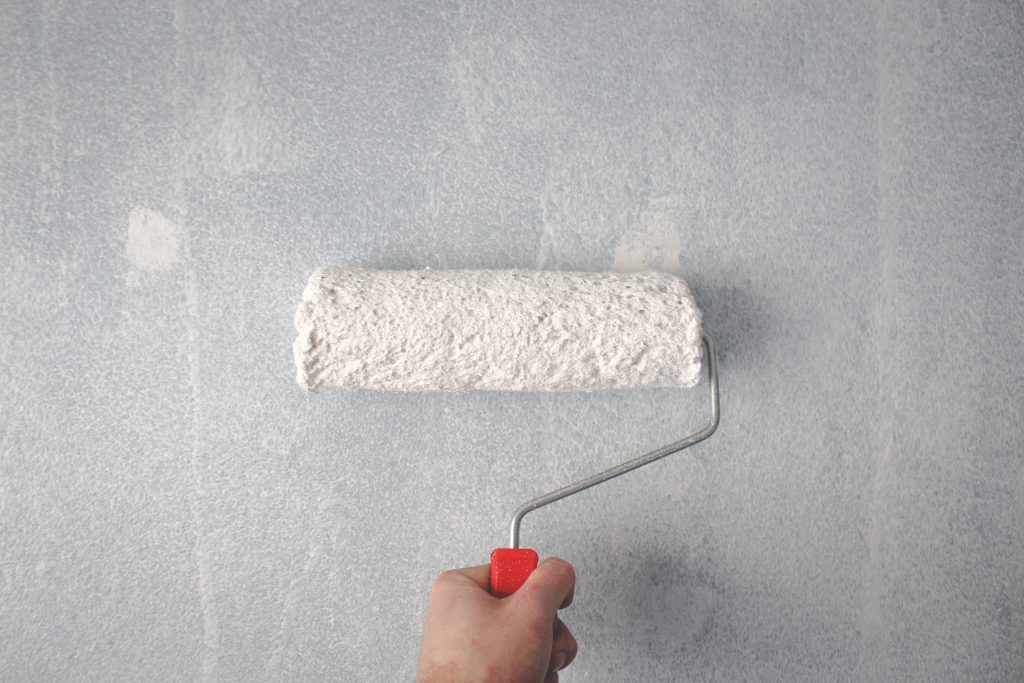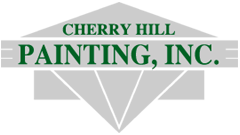Painting a house exterior can seem simple upon first consideration. After all, if you can spread butter on toast, how hard could it be to spread paint on a wall? When you look closer, however, it becomes clear that there are a lot of complicating factors. How do you protect the surrounding surfaces? What kind of tools should you use? Does it matter how thick or thin you spread the exterior paint?
Here are a few tips to help you use the right painting tools for each part of your home exterior.
What to Do with Damaged Wood when Painting
Painting Window & Door Trim
When it comes to painting the wooden trim around your windows and doors, you want to use a smaller paintbrush (1.5 to 2 inches) with an angled cut to the bristles. This gives you maximum control over creating clean edges and consistent coverage.
Painting Fascia and Soffits
The fascia is the surface that faces outwards, just below the edge of your roofing. On a basic home, there is one straight line of fascia across the front and back of the home, and on each side, the fascia rises like an upside-down V.
A wider brush (3-4 inches) with a straight end to the bristles is the best tool for painting fascia. You get a larger coverage area, and you still get good control along the edges.
The soffits are what you see when you stand beside an exterior wall and look up. They are the underside of the roof, where it hangs over past the edge of the home. If your home has aluminum or vinyl soffits, you probably don’t need to paint them, but if you have wooden soffits, they will need occasional painting.
Use the same wide paintbrush on the soffits that you use on the fascia. Though the soffits are generally large, flat surfaces, they are typically not large enough to use a paint roller.
Painting Wood Siding
Whether your home has horizontal siding slats or a shingled surface, the process for painting will be similar. To begin, use a wide brush (3-4 inches) to “cut in” around the edges of the wall. This means that you paint a “frame” of 6 to 8 inches around all windows and doors, and along the top, bottom, and sides of the wall you are painting. You do this because a paint roller cannot get as close to the edges as a brush can.
Once the edges are cut in, use a paint roller to fill in the rest of the wall. Be methodical, starting from an upper corner, and working your way down and across. Keep checking back for drips, and smooth them out as you find them!
The roller cover you use should have a thick “nap.” This means the fibers should be more puffy and stick out farther from the roller. This helps the roller to apply the paint into grooves and cracks.
As you roll the paint on the wall, you may see crevices and grooves the paint is not getting into with the roller. Keep your brush near at hand to help get the paint into all these areas, then roll the spot again to achieve a smoother consistency.
What About Spraying?
Many professional house painters prefer using spray equipment for exterior painting. Spray techniques offer several benefits:
- Spraying works well on most types of surfaces
- It is fast and efficient
- It creates a smooth, professional finish
Spraying a house is not always a good option, however. First of all, the equipment can be prohibitively expensive for a homeowner. Second, it requires a high degree of knowledge and skill to use the equipment correctly for an excellent finish. Additionally, spray painting requires more preparation than conventional painting, to make sure the surrounding surfaces are thoroughly protected from overspray.
Professional House Painting in New Jersey
For the best results, consider hiring a professional house painter. Not only does the job get done faster, with less hassle for you as the homeowner, but it also provides exquisite results. You can trust Cherry Hill Painting to make your home look phenomenal, with quality that will last for many years.
Cherry Hill Painting provides interior and exterior painting services, as well as cabinet refinishing, wallpaper removal, deck maintenance, and even remodeling services. We serve New Jersey and the greater Philadelphia region. We look forward to hearing from you!
